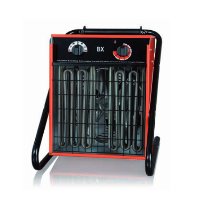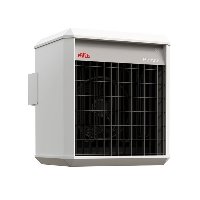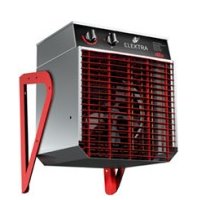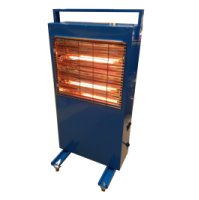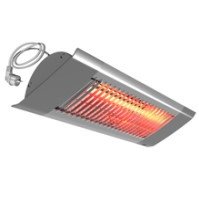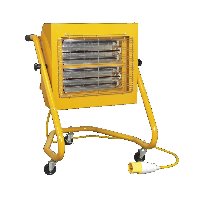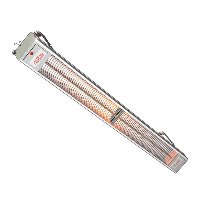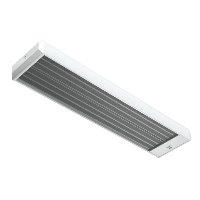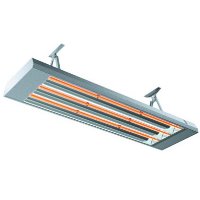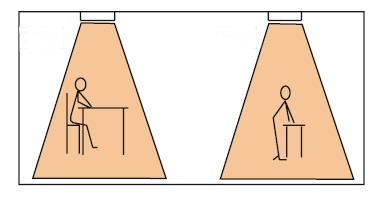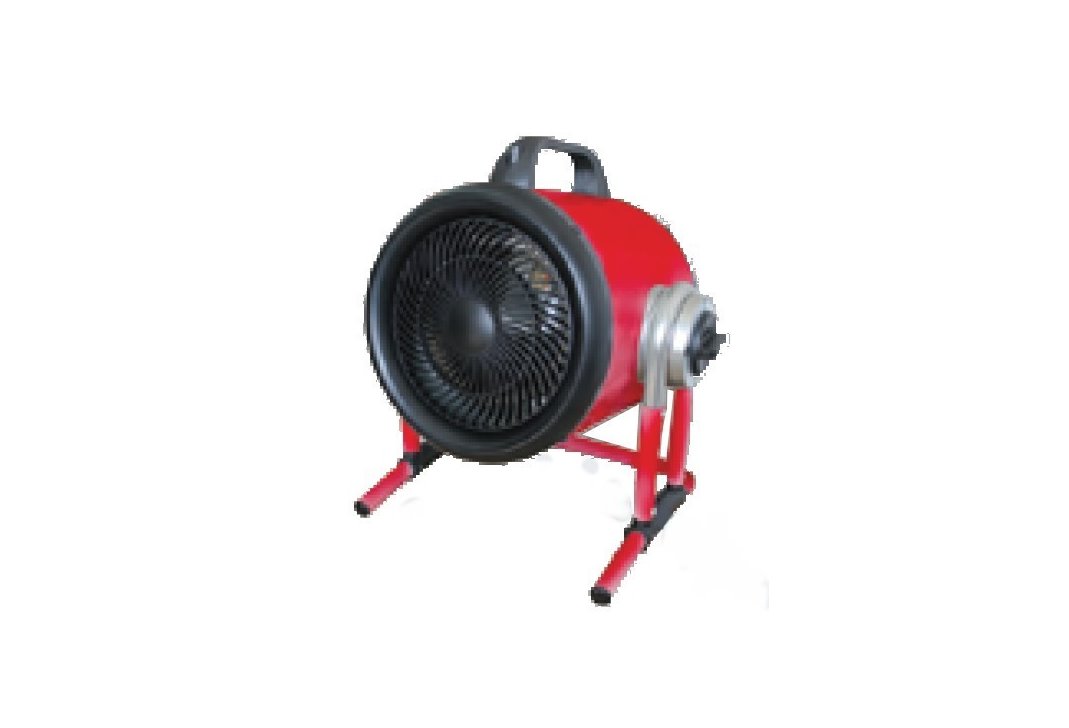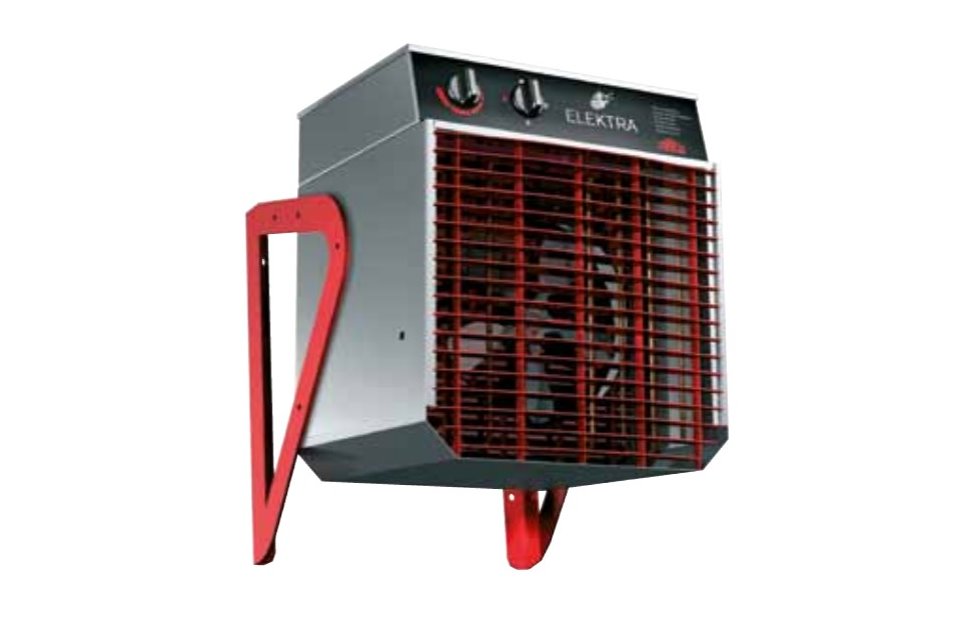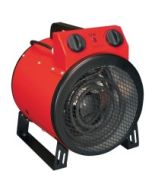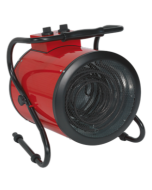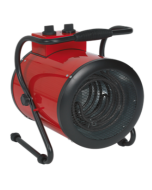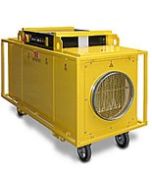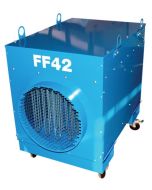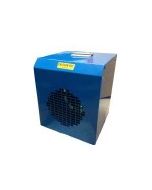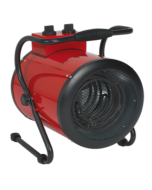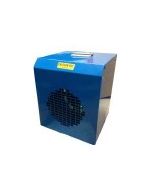Selecting Electric Industrial Heater Blowers
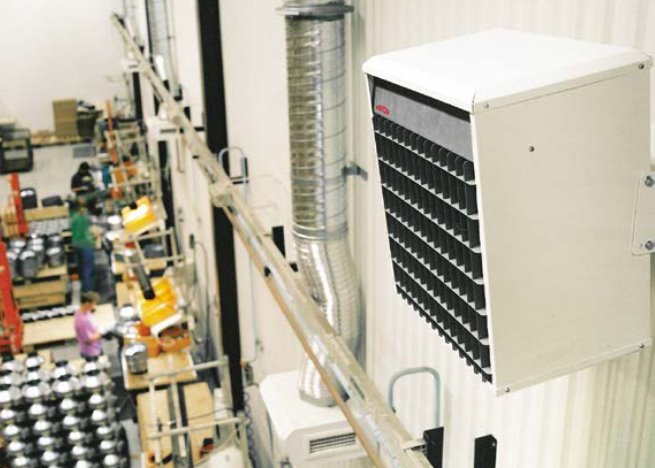
Looking to browse industrial heater blowers for the workplace? View our full range.
The season is turning and your industrial work space is getting colder. There is no mains gas supply and the only credible option is some electric industrial heaters.
We all know that as a source of heat, electric is more expensive to run than heating from mains gas, so it is arguably even more important to get the design and selection of electric industrial heaters right in the first place. We have years of experience that can help in the details but before you even get to that stage we recommend considering the following simple questions in order to narrow down the vast array of products that are available;
What do you need electric industrial heaters for?
It may seem like a stupid question but for electric industrial heating applications it makes sense. Staff should ideally be in a comfortable working temperature, but sometimes it is also important to keep the products and materials above a minimum temperature. Sometimes raw materials need to be above a minimum temperature to prevent wastage or to ensure that they are usable, and sometimes finished products needs to be above a minimum temperature to prevent it or its packaging being damaged by condensation. The question is all about what level of heating is needed to ensure that the people, products and processes work effectively without temperature related issues.
Do you need to use electric industrial heaters for the whole building or just a bit of it?
The answer to the first question will guide your consideration of this question. If there are large areas of the building dedicated to storage of raw materials and/or finished products that are unaffected by low temperature is it worth heating them? Perhaps a large area of the building is taken up by production machines that don't require heating. Or perhaps a warm environment is critical to prevent product and production wastage as well as for comfort of staff.
Radiant electric heating or electric space heating?
Put simply, radiant heating heats things in line of sight the heaters producing the heat, whilst space heaters heat the air in a space by passing the air through the heater. Radiant heaters can be installed and controlled to discriminate where they deliver heat to in a building whilst the air that is put through a space heater does not discriminate.
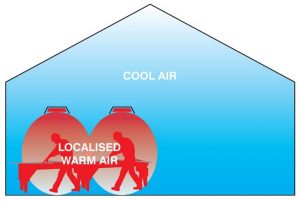
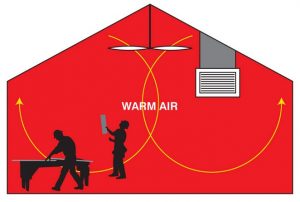
If your people, processes, raw materials and products need a minimum temperature then electric space heating is probably more suitable. If on the other hand, you need heating in a specific place within a wider indoor environment then radiant electric heating is a good option.
However it does not need to be either radiant heat or space heat - the two types of industrial electric heating can be combined. For instance if raw materials in storage in one area need to be stored above say 8°C and the staff in another area of the building would benefit from being at about 16°C then electric space heating can be used to provide baseline heating to 8°C and electric radiant heaters could provide a warmer zone where the staff typically operate.
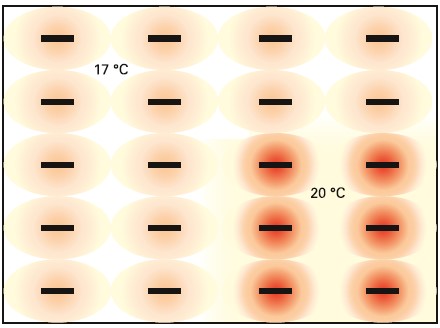
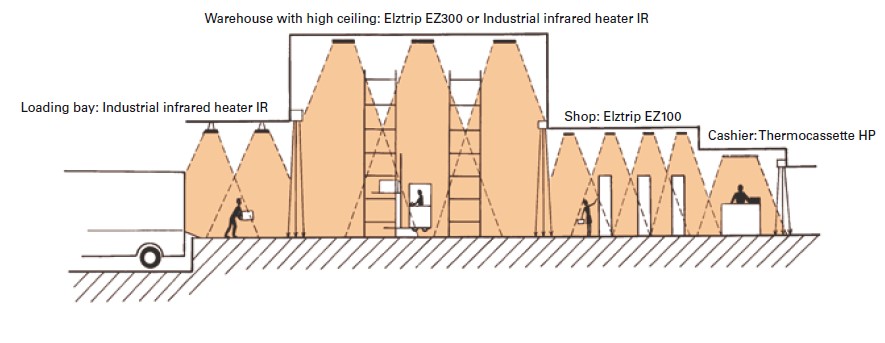
Equally you can use electric radiant heating for different areas and control them separately in discrete zones. Or different types of radiant heating can be used for different types of building in the same complex with the choice if heater driven by the heat requirements of the zone and the mounting height of the electric radiant heater array.
Does your company rent the building or own it?
This matters because landlords might have a view about tenants installing heaters to their building. Also the business owners renting a building might have a view about buying heating equipment that was not easily moved in the event of the business moving to another premises. Businesses that both own and occupy their building are generally far more interested in heaters that are designed to be installed.
What temperature does the heated area need to get to?
Creating and maintaining a temperature difference between the inside of a heated room and the outside costs energy. The greater the difference, the greater the quantity of energy required. It would be easy to think that this is a straight line relationship but its not - it is a curve so that for every additional increment of temperature differences you need, a greater the quantity of additional heat is needed. Considering the target temperature is well worth doing. If the heating is for the comfort of staff then the amount of heat will depend on what they are doing. For example, staff carrying out manual work will normally be quite happy in a building that is 13-16°C, whilst staff doing more sedentary tasks such as keyboard work, or seated production line work might be more comfortable with 16-19°C. The requirement for a 'reasonable' temperature for workplaces is set in a legal framework which is explained in the guidance on the HSE website
According to the Chartered Institute of Building Services Engineers, (CIBSE) different working environments require differing temperatures. For example:
- Heavy work in factories: 13°C
- Light work in factories: 16°C
- Hospital wards and retail: 18°C
- Offices and dining rooms: 20°C
What are the dimensions of the building or area to be heated?
It is important to understand the basic physics here. If you reckon that you need space heating then you will need to know the dimensions of the building or room to be heated including the ceiling height because we are basically aiming to heat up a volume of air. If it is radiant heating that you are considering then it is the dimensions of the heated area that you will need. Also because the heaters will need to be placed in order to deliver the heat then it is good to also know what height is available to mount heaters above the heated area.
How much heat is required from the electric industrial heaters?
So you know the dimensions of the building or area to be heated and you have a notion about whether you are after electric radiant heaters or electric space heating. Now you can use our on line calculators to work out the amount of heat you require. There are two calculators for this, one is for calculating space heating and the other for radiant heating. Neither calculator is exact because they cannot possibly factor in all the exact parameters of your application however they do offer a quick way to work out as near as matters what you need in your application.
Does the building have 3 phase supply or just single phase supply?
It happens quite regularly. We find that quite a lot of heat is required for an application and then it transpires that there is only a single phase supply to power the heaters. Of course there is reasonable range of single phase electric industrial heaters however there is a limit to the heating capacity of any one heater running on single phase. Although single phase power can be used, on larger applications it has its limitations and the heating solutions become expensive because there are so many small single phase heaters to buy and install. If a building has 3 phase then the heating options are far greater and individual heaters can be much more powerful. Click the link to browse a range of electric heater batteries.
Mobile industrial electric heating or fixed?
Excellent - if you have read to here then you have probably already narrowed down the options for electric industrial heaters and will be able to narrow your search to electric industrial heaters that fall into one of the white boxes in the table. If you also have a note of size of the place you need to heat and have used the calculators to work out how much heat you need, then you are well ahead.
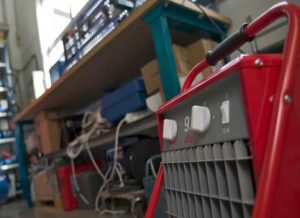
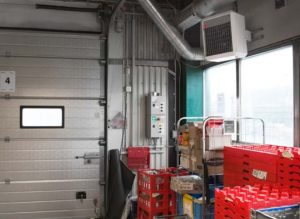

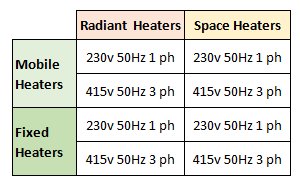
But mobile or fixed? Mobile are reasonably cost effective and versatile insofar as you can easily move them to where needed but then if space is limited then these mobile industrial electric heaters can take up valuable space and be a trip hazard. Industrial wall heaters are a great solution for permanent space heating and roof hung radiant heaters are great for economical zone heating.
When it comes to heating and drying larger premises such as industrial premises and workshops, Tiger 15KW, 30KW and 20KW electric heaters are ideal.
Select from the Puravent range of Electric Industrial Heaters
If you need help with the details of selecting the exact heater, designing a suitable radiant heater array, choosing compatible controls, or anything else to do with electric industrial heaters then please give is a call or drop us an email.


